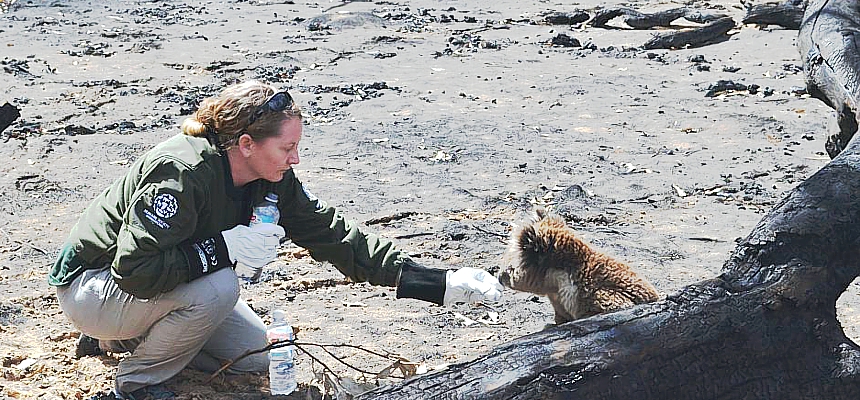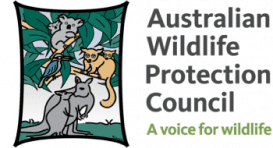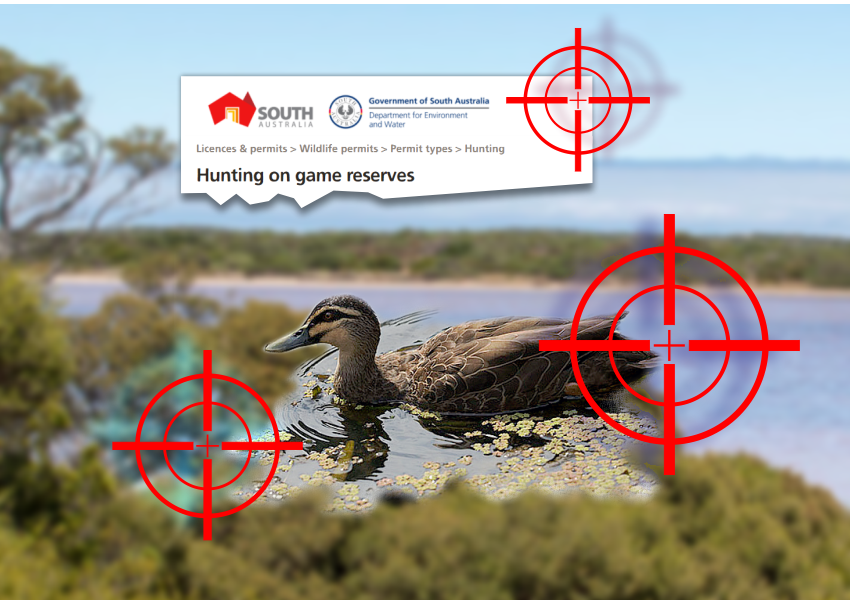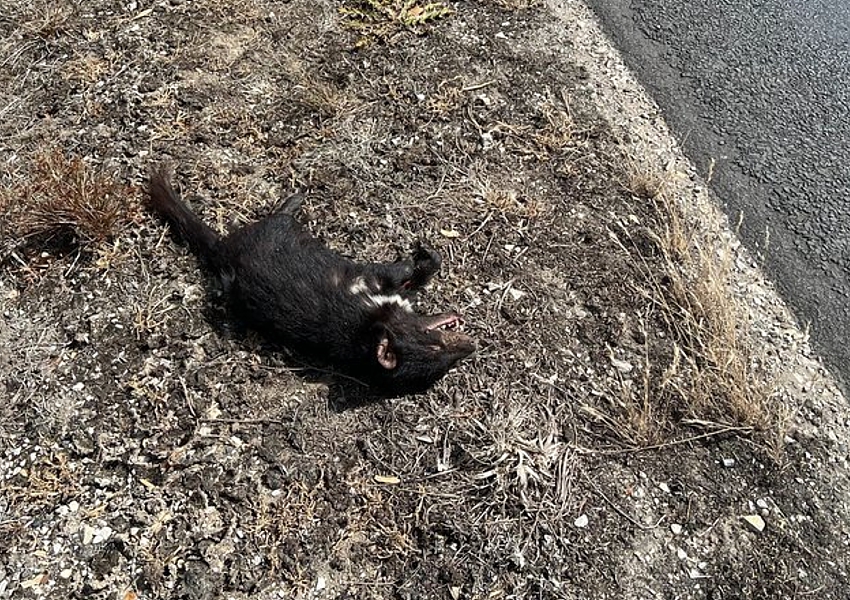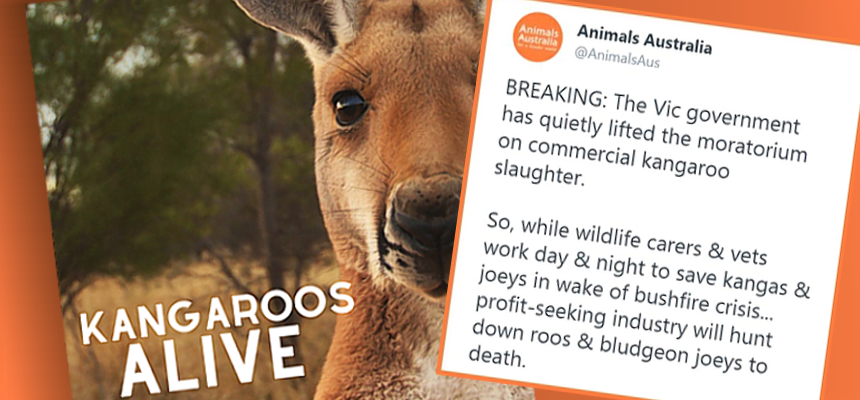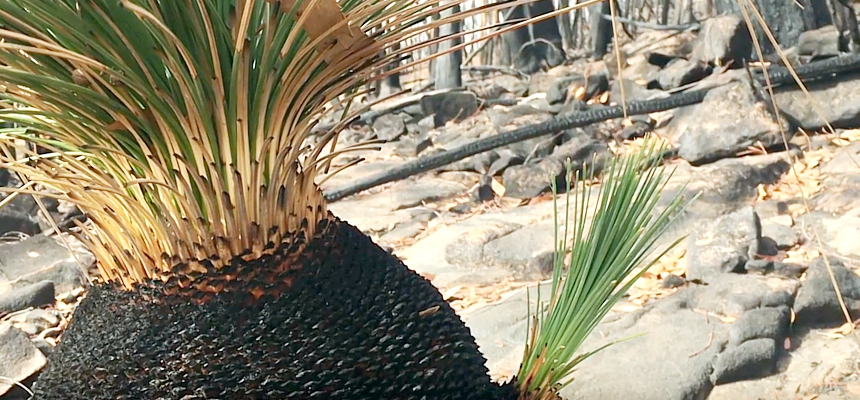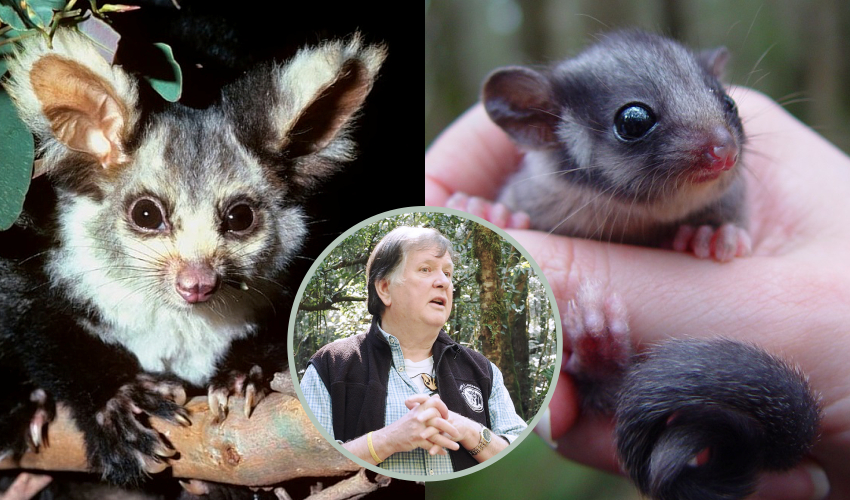Share this page KILLING COUNTRY Taken from https://www.creativecowboyfilms.com/blog_posts/killing-country In Australia’s State of Victoria, ATCWs are authorities to control wildlife, for the majority of permits issued and for the majority of animals, control means kill. “In a place where nature does not count, counting nature can be a grim business. The reality is that the Victorian Government knows very little about the outcomes for the animals they issue these permits for. Most of course will be killed, just how many (more or less) is a matter for speculation. What has occurred regarding Macropod species for example is a complete disgrace” CLIMATE CHANGE What is also particularly disgraceful, the usual head in the sand stuff we get from Australia, is that no account at all is taken of the impacts of climate change, which are severe. So instead of taking the plight of numerous species into account, the numbers of ATCWs granted and the numbers of animals involved have increased at scale. The most basic applied logic would give you an understanding that increasing the numbers of animals subject to so called control will only result in one outcome – that is putting more species at risk. We are also disrupting the web of life. “The reality is that most people do not have a clue about what is going on in relation to these matters – the spin from all Australian governments makes it look as if all Australian wildlife is protected and so that is what they believe. And what I find another big problem is that this story is believed around the world. We have done something to dispel this myth in Australia, but not nearly enough”. Peter Hylands There are gross acts of cruelty involved here too. Duck shooting has continued despite the most dire climate conditions including the condition of wetlands and associated breeding sites. In Victoria, tens of thousands of waterbirds are shot on internationally significant wetlands, Ramsar sites, each year. NUMBER CRUNCH – COMPARISONS In Victoria in the ten-year period 2009-2018 inclusive a total of 32,147 ATCWs were issued for Australian species covering 1,513,605 animals. In Victoria, the total number of animals subject to ATCWs in the period 2016-2018 was 2.3 times higher than the number of animals subject to ATCWs 2009-2011. The number of ATCWs (permits) issued in 2016-2018 was 1.66 times higher than the number of ATCWs issued in the period 2009-2011. Victoria is also not the place to be if you happen to be a bird, 73 per cent of species subject to control in Victoria were bird species with a total of 397,549 birds, of which 182,721 or 45 per cent were from a range of parrot species. We also need to remember that ATCWs are not the only way animals in Victoria die, so we can add another 4 million dead water birds (I am being modest in my calculations) in the last ten years to the tally in Victoria because of duck shooting in the state. So all up, that is around 4.5 million birds in the state in the last ten years. Politics and nature: The Victorian Labor Government was elected in November 2014 and has increased the number of animals killed across a range of mechanisms. The Labor tally in relation to ATCWs in the years 2015 – 2018 totals 16,010 ATCW permits covering 844,625 animals. In the previous four-year period the Liberal- National Coalition Government in Victoria (a government described to me by friend Dr Hugh Wirth, President of the RSPCA and WSPA (the world body) as extremely cruel) issued 11,146 ATCW permits covering 461,593 animals, 54 per cent of the Labor total. IMPACT OF KANGAROO PET FOOD TRIAL AND SUBSEQUENT TRADE IN WILDLIFE In Victoria, 750,000 Kangaroos were authorised to be killed by ATCW / KPFT permits in the years 2014 – 2018. The number of Kangaroos authorised roughly doubled once the pet food trial really got underway despite government statements that there would be no increase in killing rates once the trial commenced. 390,886 of these animals were authorised under KPFT of which around 212,000 were actually processed. There was a marked step change in the killing rates of all species in 2013, the number again increased significantly after the year the Victorian Labor Party won government in the state. What was going to happen was always very obvious, and when it did occur, little was done to moderate the situation. The numbers tell us that story. ATCWS FOR AUSTRALIAN WILDLIFE IN VICTORIA The first number in bold is the number of ATCWs issued, the second number is the number of individuals of the species subject to control. The period covered is for ten years, from 2009 – 2018 inclusive. For a number of species on the list the number subject to control has increased rapidly in the last few years. Australian King-parrot Alisterus scapularis –2/10 Australian Fur Seal Pusillus doriferus – 8 / 258 Australian Magpie Cracticus tibicen – 195 / 3,565 Australian Magpie Lark Grallina cyanoleuca – 52 / 460 Australian Raven Corvus coronoides – 862 / 25,163 Australian Shelduck Tadorna tadornoides – 120 / 4,978 Australian White Ibis Threskiornis moluccus – 41 / 2,411 Bell Miner Manorina melanophrys – 7 / 570 Black Kite Milvus migrans – 9 / 185 Black Swan Cygnus atratus – 17 / 530 Black Wallaby Wallabia bicolor – 1,337 / 17,682 Black-tailed Native-hen Tribonyx ventralis – 10 / 240 Broad-shelled River Turtle Chelodina expansa –1 / 100 Brolga Grus rubicunda – 2 / 51 Black-faced Cuckoo-shrike Coracina novaehollandiae – 15 / 155 Cape Barren Goose Cereopsis novaehollandiae – 31 / 1,890 Chestnut Teal Anas castanea – 7 / 90 Common Brushtail Possum Trichosurus vulpecular – 56 / 1,850 Common Long-necked Tortoise Chelodina longicollis – 4 / 10,119* Common Ringtail Possum Pseudocheirus peregrinus –19 / 324 Common Wombat Vombatus ursinus – 2,044 / 26,507 Crimson Rosella Platycercus elegans – 180 / 4,702 Dingo Canis lupus dingo – 14 / 134 Dusky Moorhen Gallinula tenebrosa – 4 / 270 Eastern Banjo Frog Limnodynastes dumerilii – 1 / 10 Eastern Brown Snake Pseudonaja textilis – 29 / 387 Eastern Grey Kangaroo Macropus giganteus – 18,715 / 889,488 Eastern Rosella Platycercus eximius – 74 / 1,535 Emu Dromaius novaehollandiae – 756 / 9,961 Landing image Eurasian Coot Fulica atra – 30 / 1,271 Fairy Martin Petrochelidon ariel – 3 / 320 Rose-breasted Cockatoo (Galah) Eolophus roseicapilla – 422 / 32,082
